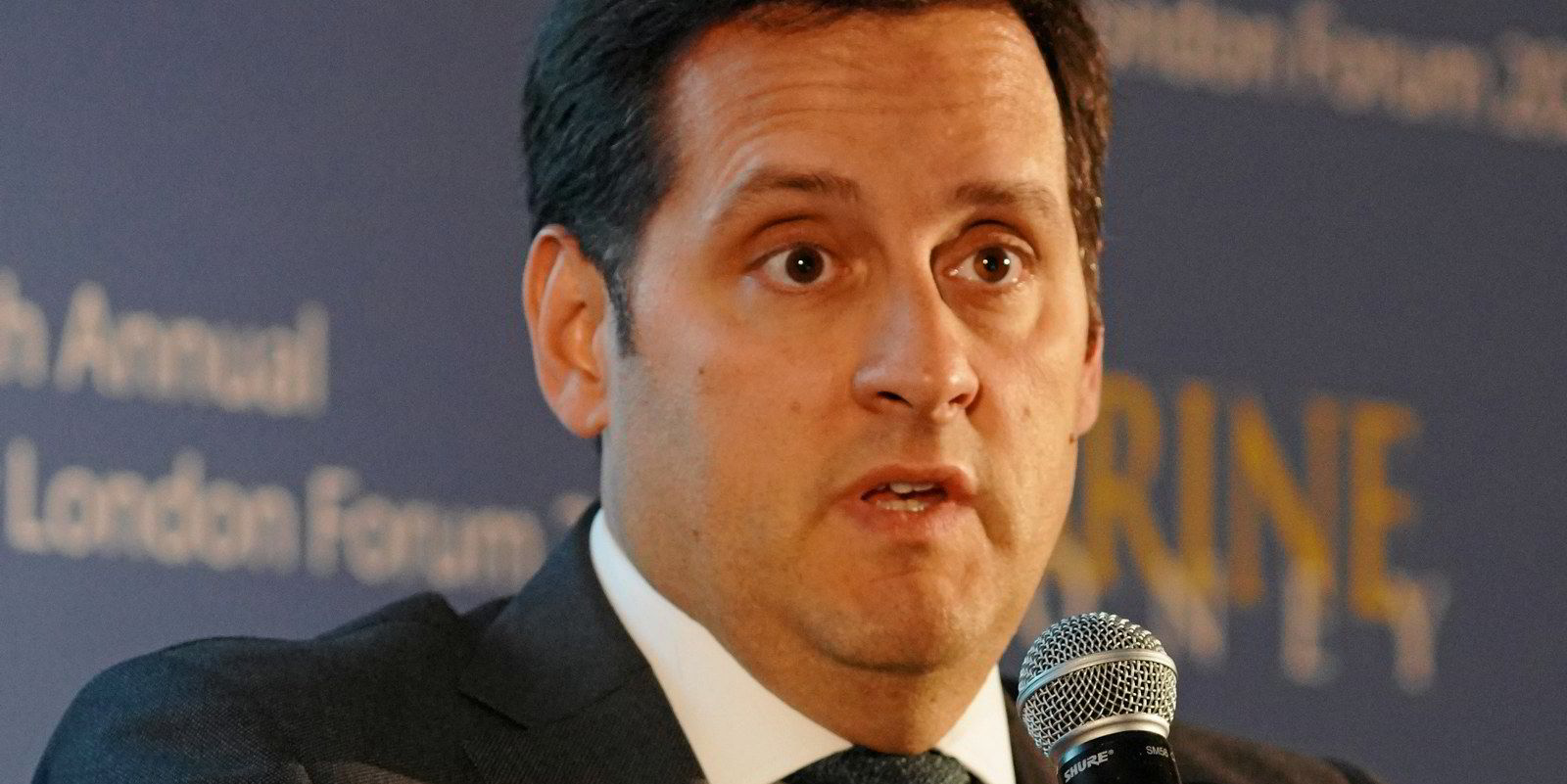UK shipowner Tufton Oceanic Assets has seen its shift from container ships to product tankers pay off with a strong annual profit.
The London-listed fund said earnings hit $107.3m in the financial year ended 30 June, up from $79.5m in the previous 12 months.
Total income from changes in asset values and dividends was $115.5m, from $82.5m a year ago.
The net asset value (NAV) total return for the financial year was 32.5%.
The company had an average charter length of 0.9 years at the end of the period, but expects this to increase as it shifts to fixing product tankers for longer terms at higher rates.
Tufton sold nine ships and bought another nine during the year, reducing the boxship fleet to one vessel.
The emissions intensity of the fleet as measured by the Energy Efficiency Existing Ship Index (EEXI) improved by more than 40% compared to the end of 2021, the owner said.
Further improvement is expected as more energy-saving devices are retrofitted.
The fleet now comprises eight handysize bulkers, an ultramax bulker, one container ship and 10 tankers, plus another tanker pending delivery.
Tufton said it has “held a positive outlook on the product tanker segment and increased exposure to this segment over the financial year which appears to be timely based on market conditions.”
The company is expecting further upside in secondhand values of tankers and bulkers as replacement costs increase due to higher newbuilding prices.
Multi-year up-cycle
Tufton also sees shipping as being in a “multi-year up-cycle” because of the relative lack of investment in new vessel capacity.
One-year time charter rates for MRs rose to $20,500 per day at the end of the financial year, 53% higher than at the end of June 2021.
“Beyond the current market strength, supply-side dynamics for tankers are supportive especially for product and chemical tankers with the orderbook at only 5% of the fleet,” Tufton said.
The chemical tanker market has benefited from the strength in product tankers.
According to Drewry Research, the capacity of vessels trading chemicals reduced by 4.5% over the first half of 2022 as some vessels moved to the improving clean sector.
“Tight vessel supply along with short-haul cargoes being partially replaced by long-haul cargoes due to the war in Ukraine and lockdowns in China resulted in an improving chemical tanker market. Both the company’s chemical tankers, employed in a pool, benefit from this improvement,” Tufton said.





